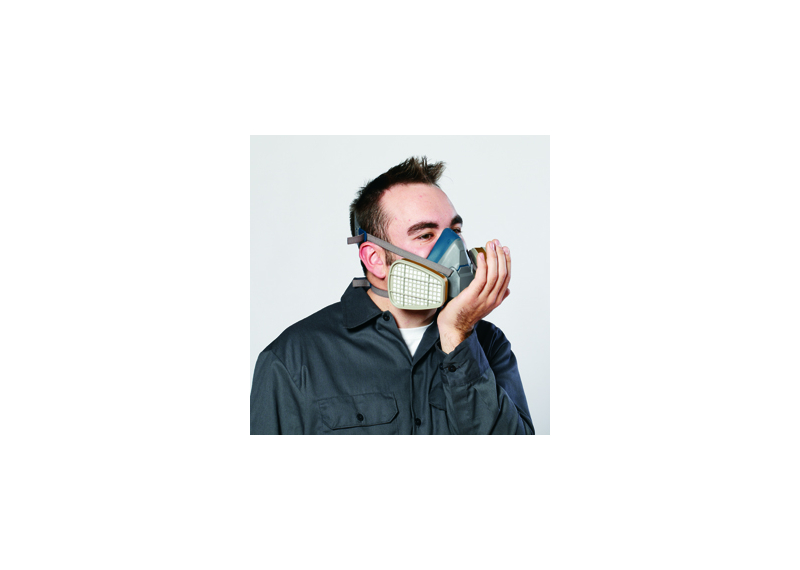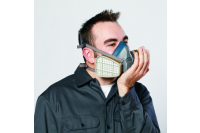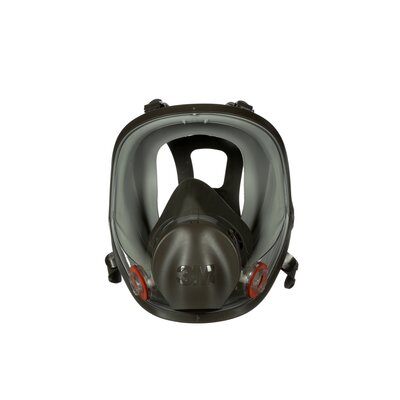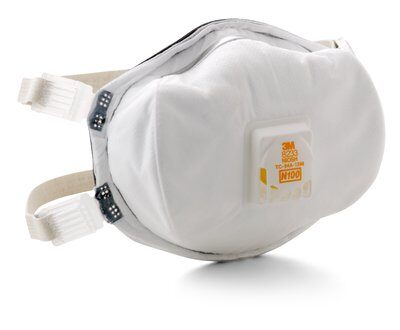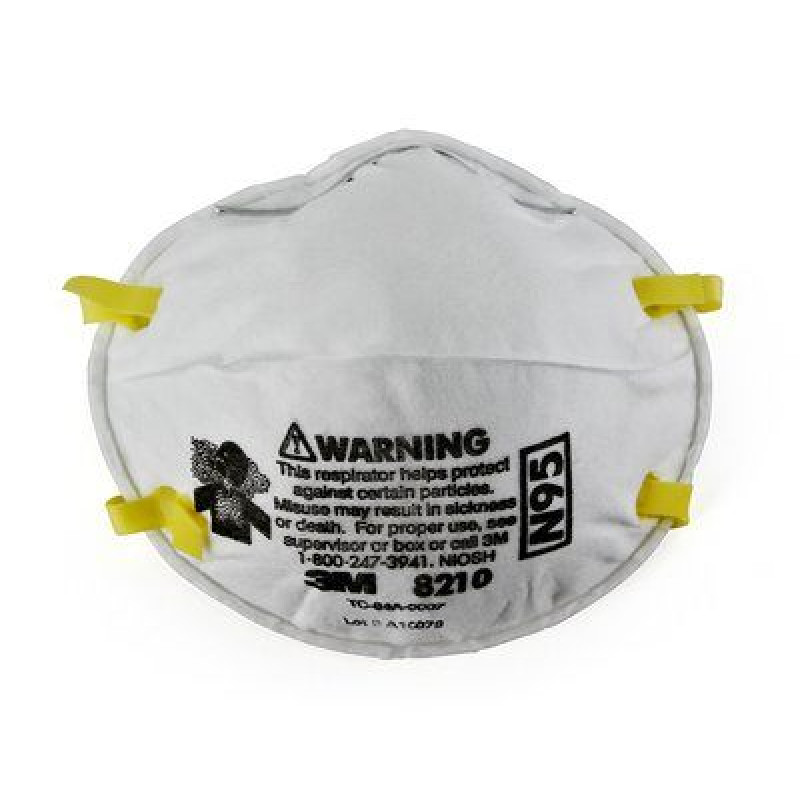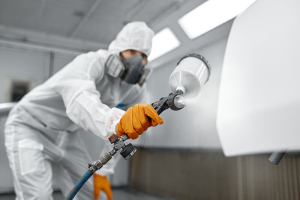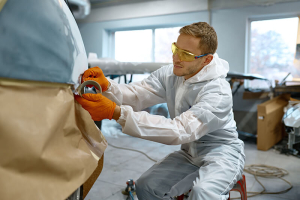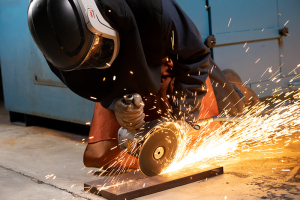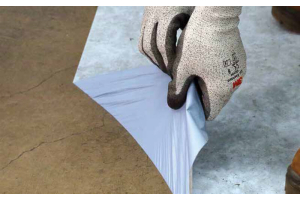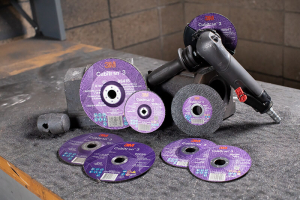Fit Testing Is Critical For Getting Protection From Respirators
Are Your Employees
Wearing The Right PPE?
Protecting your employees takes more than just providing respirators. Wearing the right size and ensuring it is sealed properly are two critical steps that often get overlooked when employees head onto the shop floor.
When employees have the right PPE, they are more likely to use it and fully protect themselves from harmful vapors, particles and gases.
To understand how to best protect your workers, here are some tips on fit testing and how to get the right seal on respirators.
Understanding OSHA Requirements
OSHA takes the use of PPE, including respirators, very seriously. They require that fit testing be done before use and then once a year afterward. This is to ensure that all workers have the right respirators and are wearing them correctly any time they're around hazardous materials.
Why Medical Evaluations Matter
While fit testing is important, it's not the only evaluation you need to do with your employees. Before an employee has a fit test or uses a respirator for the first time, they also need to undergo a medical evaluation.
This rules out any medical conditions – like heart or lung disease – that may interfere with their ability to use a respirator. The evaluation must be done in accordance with the requirements of OSHA 19110.134 appendix C. Customers can choose to do their employees' medical evaluation through 3M, which saves time while still complying with OSHA requirements.
Why The Right Seal Matters

When a respirator doesn't fit correctly, air leaks in around the sides of the mask - allowing all those harmful particles, gases, and vapors in. This prevents the respirator from doing its job and trapping them in the filter.
You can use either qualitative or quantitative fit testing. To determine what's right for the respirators you're using, look at the manufacturer's recommendations.
Checking The Seal On Elastomeric Facepieces
There are two ways to check the fit on your respirator: a positive pressure check and a negative pressure check. Here's how to perform each one:
Positive Pressure User Seal Check
- Cover the opening in the exhalation valve cover with your hand and exhale gently. If the facepiece bulges slightly and no air leaks are detected between your face and facepiece, you have a proper seal.
- If this doesn't happen, then you have an air leak. To correct this, reposition the respirator on your face and/or readjust the tension of the elastic straps to eliminate leakage.
Negative Pressure User Seal Check
- Place the palms of your hands over the face of the cartridge or filter.
- Inhale gently. If you feel the facepiece collapse slightly and pull closer to your face with no leaks between the face and facepiece, then you have a proper seal.
- If this doesn't happen, then you have an air leak. To correct it, reposition the respirator on your face and/or readjust tension of straps to eliminate air leakage.
Checking The Seal On Disposable Respirators
It's also important that your workers are checking for a proper seal of the disposable masks they're wearing. Here are quick tests you can run to ensure you have a good seal:
Non-Valved Disposable Respirator User Seal Test
- To check the respirator-to-face seal, place both hands completely over the respirator and exhale sharply. Be careful not to disturb the position of the respirator. If air leaks around your nose, readjust the nosepiece.
- If air leaks at the respirator edges, work the straps back along the sides of your head. If you can't achieve a proper seal, do not enter the contaminated area. See your supervisor for a different respirator option.
Valved Disposable Respirator User Seal Test
- To check the respirator-to-face seal, place both hands completely over the respirator and inhale sharply. Be careful not to disturb the position of the respirator. You should feel the respirator pull back against your face.
- If air leaks around your nose, readjust the nosepiece. If air leaks at the respirator edges, work the straps back along the sides of your head. If you can't achieve a proper seal, don't enter the contaminated area. See your supervisor for a different respirator option.
Resources For Fit Testing
3M offers resources to help your operation get started or improve your respirator use. Visit the 3M Center for Respiratory Protection for more facts on fit testing and other safety tips.
They also offer the 3M Online Medical Evaluation. In this service, employees can be checked out while they're on the clock. Evaluations can be done in as little as 15 minutes and results are quick and confidential. All new customers get two free evaluations!
Have more questions?
Check out our respirators page to learn more about selecting the right products for your manufacturing operations.
See Why We're The Top Supplier For Industrial, Marine and Safety
30-Second Summary:
- ✔ Respirators are only helpful in preventing exposure to harmful materials if they're worn correctly.
- ✔ Organizations need to conduct medical evaluations and fit tests before employees enter their workspace.
- ✔ Medical evaluations look for underlying conditions like heart or lung disease that will affect an employee's ability to wear a respirator.
- ✔ Employees also need to have a fit test, repeated annually, to look for any issues with the seal.
- ✔ Finally, all employees need to conduct a seal check on their respirators to ensure all contaminants are flowing through the filter and not through an air leak directly into the wearer's lungs.
- ✔ 3M offers resources and medical evaluations to help companies stay in compliance with OSHA regulations.

